Text
Lowland Highlanders | John Irvine
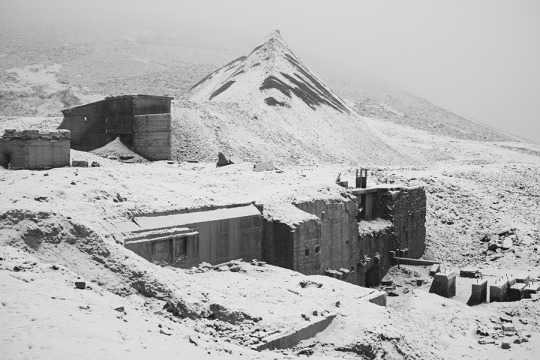
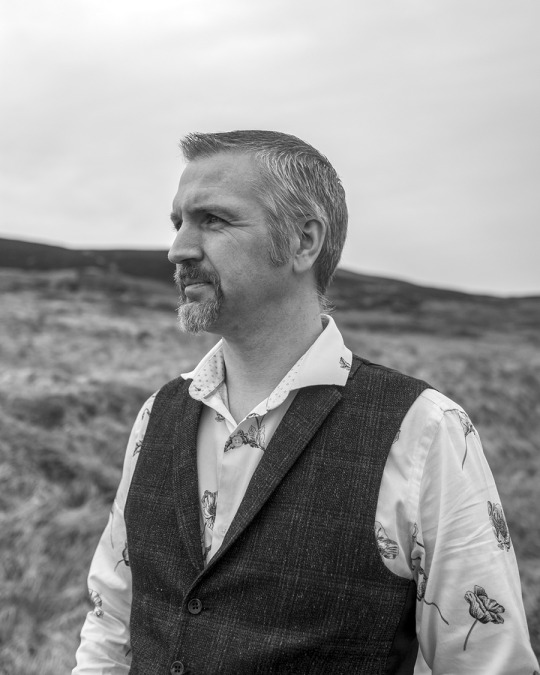

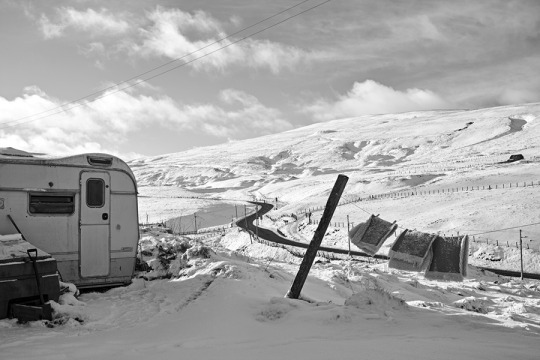
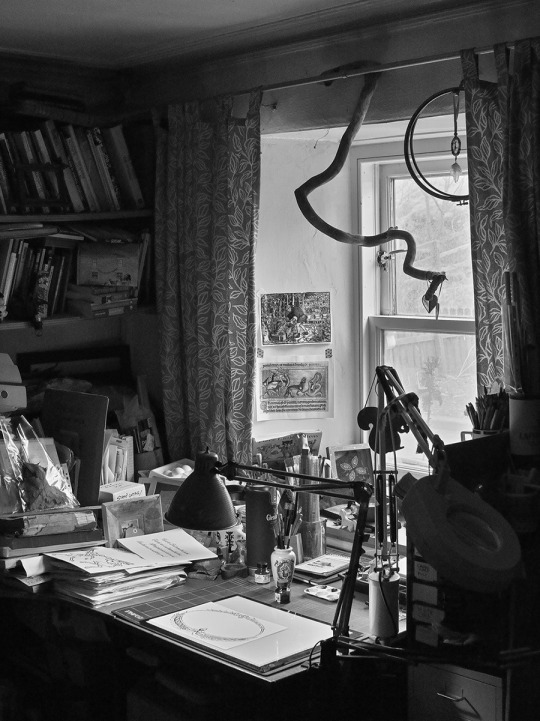


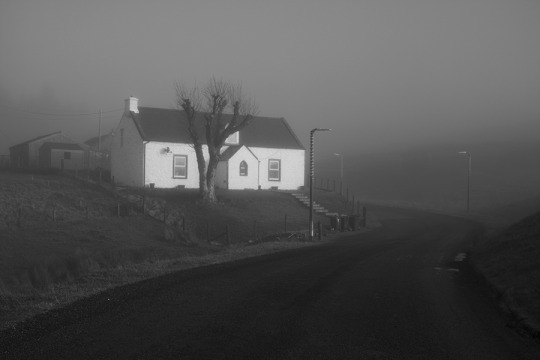

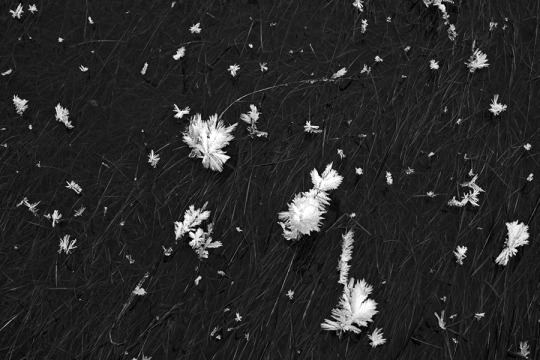

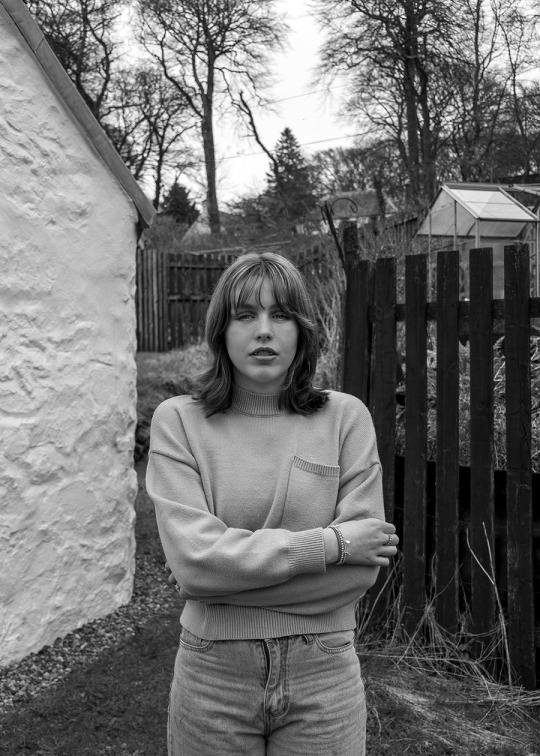

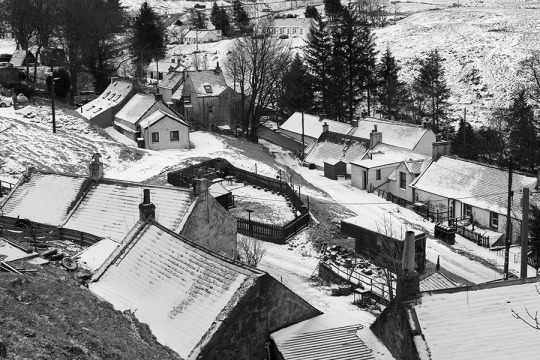
'The Scottish Highlands are known throughout the world for intense beauty, that collaborates hundreds of diverse peaks with plunging glens often entering coastal waters. Its position in this world means that it gets intense changes of weather that are extremely diverse and flowing; adding drama to already dramatic geography. Quite rightly, its standing in the world as a place to visit is at the very top.
Yet, under 50 miles from the border of England, in the Lowther Hills area of the Scottish Lowlands, are Scotland’s highest communities. They contain deep history that centre’s upon the natural resources underneath the surface; in particular its gold and lead. Nicknamed ‘Gods Treasure House’ due its abundance of minerals and precious metals, the area is rich in its geographical diversity.
Man made development is typically all around us and only increasing at a higher and more impactful rate, and whilst improvements and changes are needed to the infrastructure of the area, it is largely untouched. This provides a raw and reassuring visual sensation with overwhelming beauty all around; which transfers on to its residents and gatekeepers of the land.
‘Lowland Highlander’s’ is my documentary journey of the lives and land that exist in an area often overlooked by people yearning to visit the more well known and obvious views of Scotland. The work has been ongoing since early 2022.
website
twitter
instagram
book - The series is being released as a hardback photobook by the excellent Kozu Books, available to pre-order now. Highly recommend bagging a copy folks!
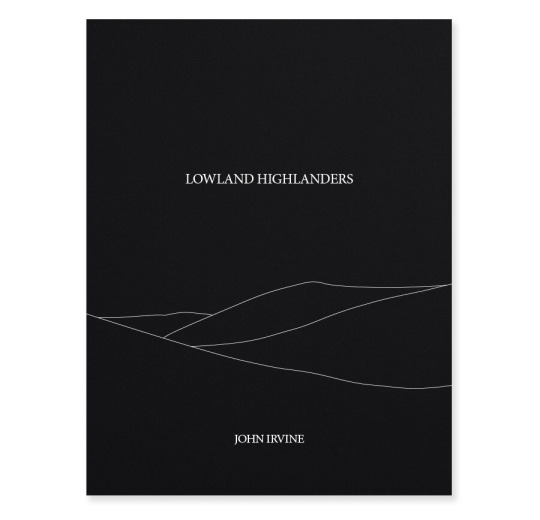
All images & text © John Irvine
49 notes
·
View notes
Text
The Lizard | Gabriele Rossi
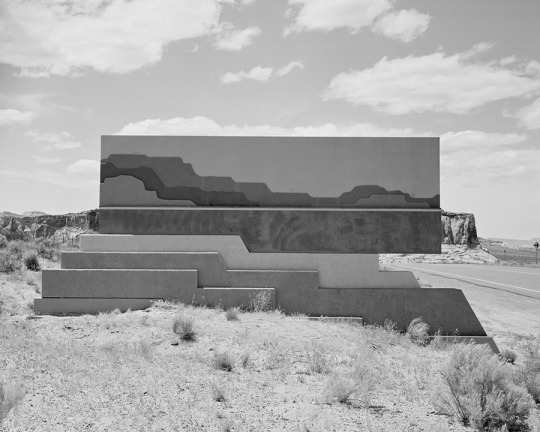






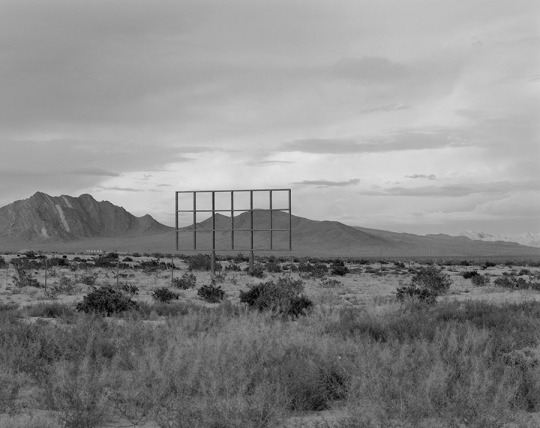
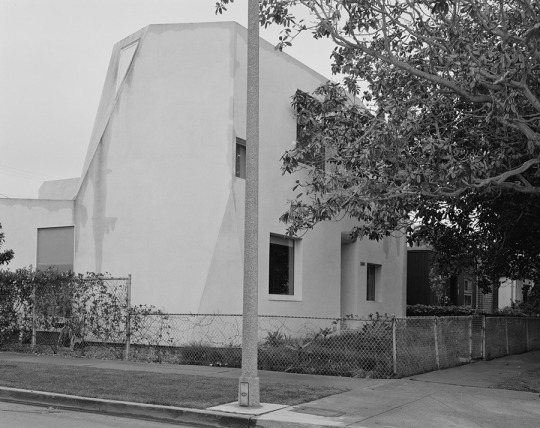



Shot over a period of three years, these images draw on structures found in traditional American photography, such as the work of Robert Adams.
But when considered from the perspective of an outsider who’s looking for a reminder and feeling of ‘home’, The Lizard manages to transform the familiar into the unfamiliar, creating a strange and uncanny atlas.
Gabriele Rossi first visited the United States in 2016 to prepare for a six-month New York residency.
Upon arriving in New York City, Rossi felt overwhelmed by the metropolis and its rhythm, which was completely unlike that of his home village on the coast of Italy.
This led Rossi to leave New York and search for more familiar landscapes.
Gabriele Rossi said:
“I looked for the edge of the city, went to the shore at Rockaway, the houses, anything that could remind me of where I’m from”
It was this experience that led Rossi to reconsider his definition of ‘home’ - the place where he could ultimately feel comfortable.
Rossi returned to the U.S twice more to explore this compulsion across over ten states in the Midwest and West.
When the pandemic interrupted further travel, Rossi revisited the pictures that he had amassed, trying to find common forms and themes – the connections that built the story about his being away from home.
He wanted to create a sense of why he was taking the photographs, and not just to present a selection of images ‘about’ America.
website
instagram
book - 'The Lizard' has just been released as a photobook by the excellent Deadbeat Club, and is available in standard and special editions. Highly recommended folks! Some images of the book below...
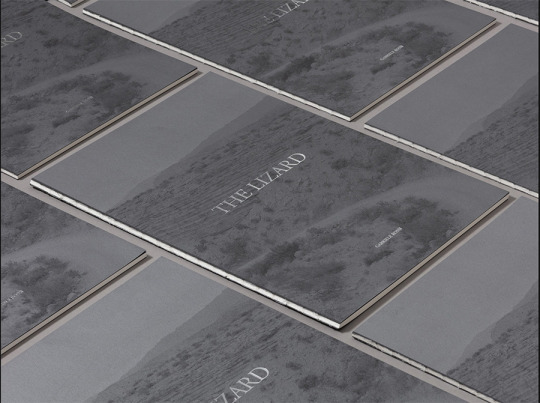

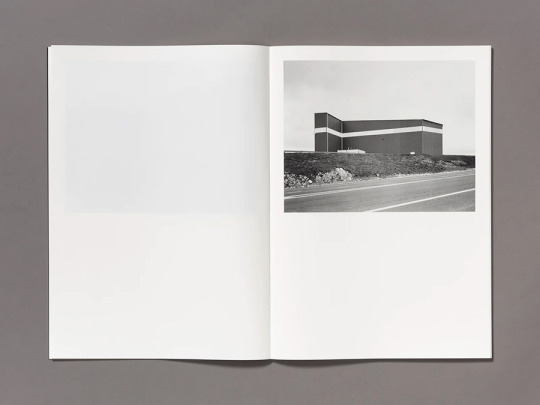
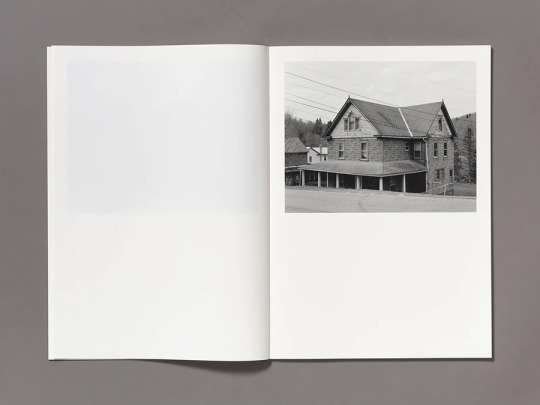
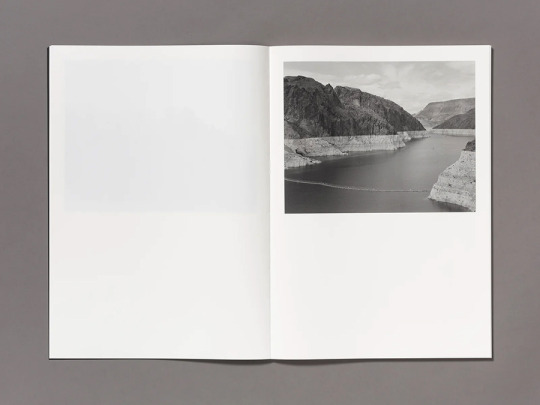





All images & text © Gabriele Rossi
43 notes
·
View notes
Text
Ira | Rory Fuller











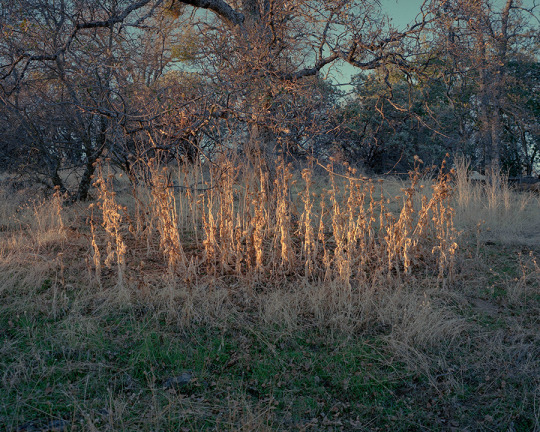
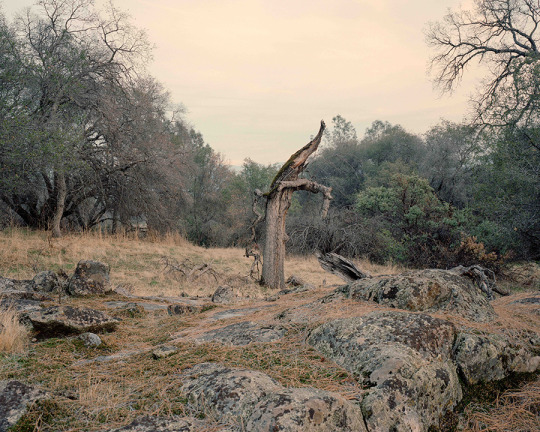

From the short time spent with Ira, it was clear that nature, the woods and wild places put him at ease. He was content with his humble backyard, in small town America. He knew the trails and landmarks like the back of his hand, and held the knowledge that only a lifelong pilgrim of Yosemite would know. He spoke of how in recent years wildfires had become increasingly worse; however Ira was hopeful, taking time to show Yosemite’s full cycle of life from devastation to the regrowth of Sequoia and Pine.
website
instagram
zine - 'Ira' was released as a high quality zine in our 'Field Notes' series in a limited edition of 100... still a few last copies left!


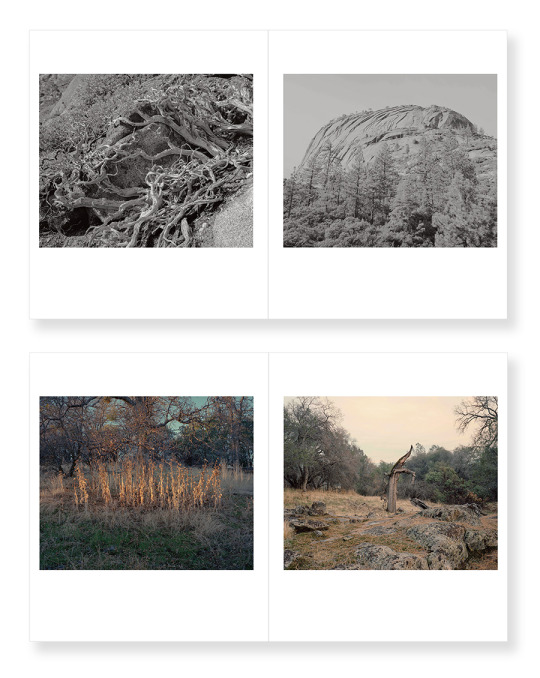

All images & text © Rory Fuller
34 notes
·
View notes
Text
Beautiful Brutalism | Jo Underhill

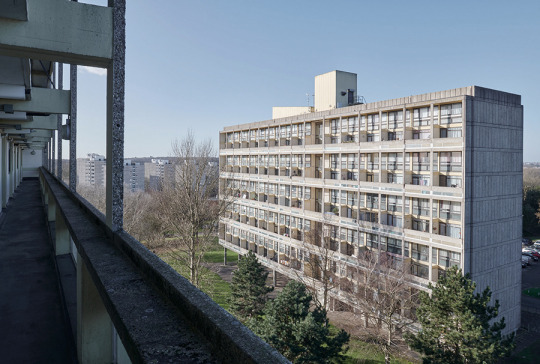

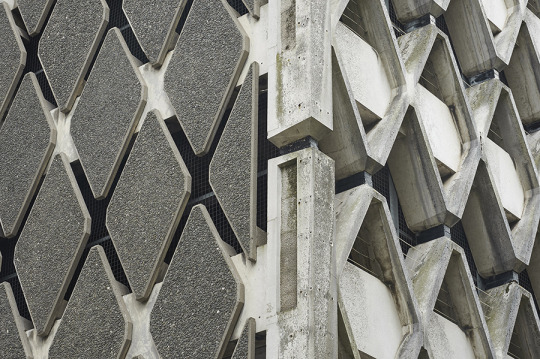
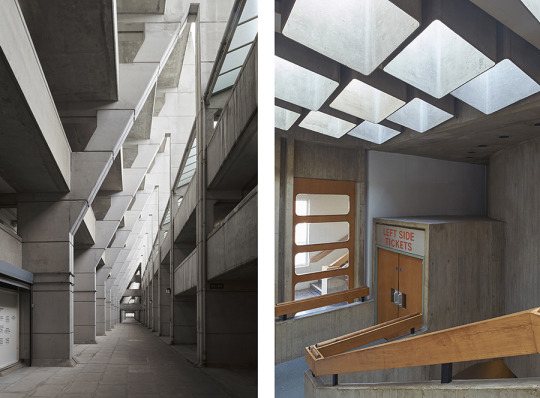
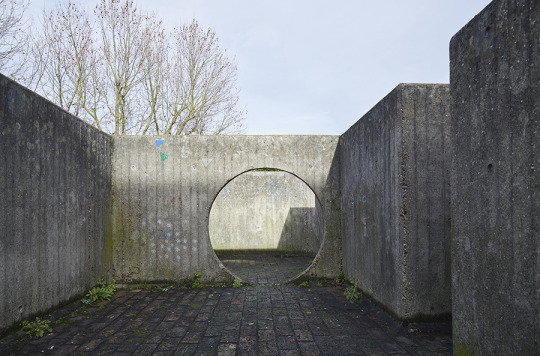
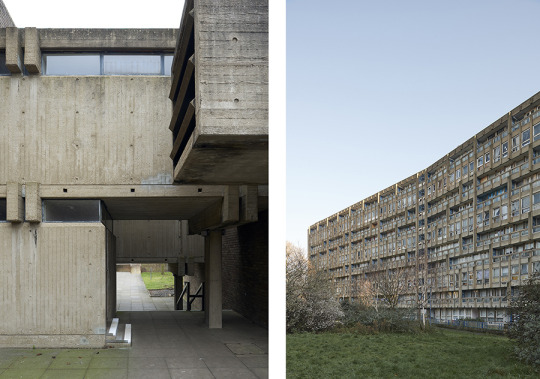
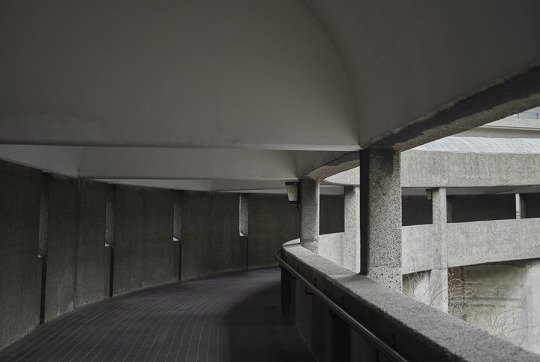

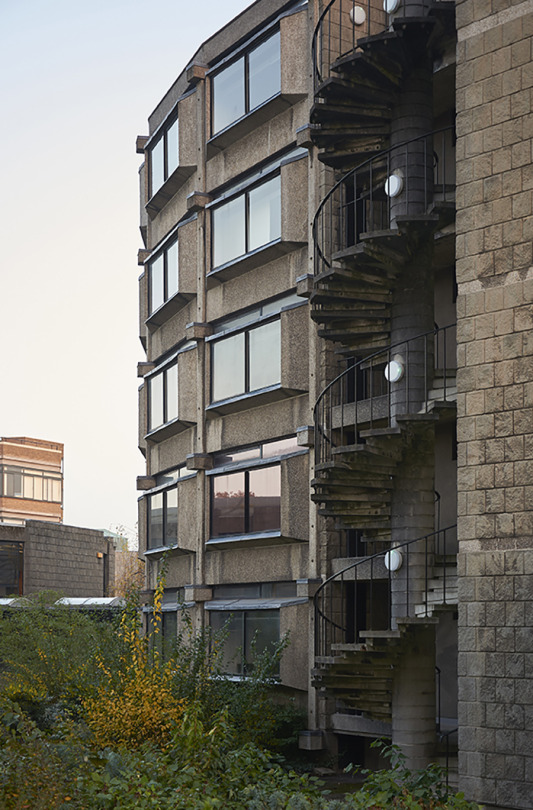
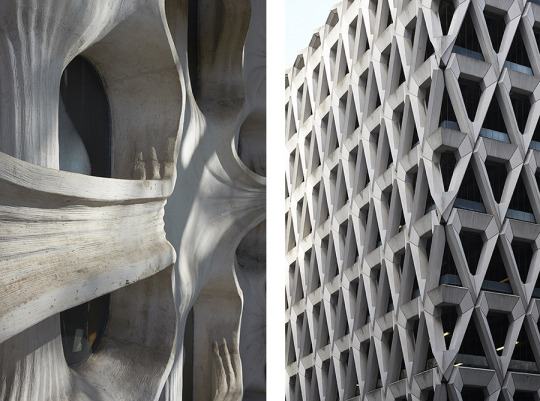
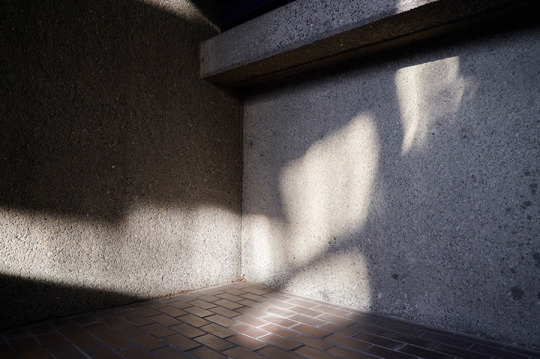
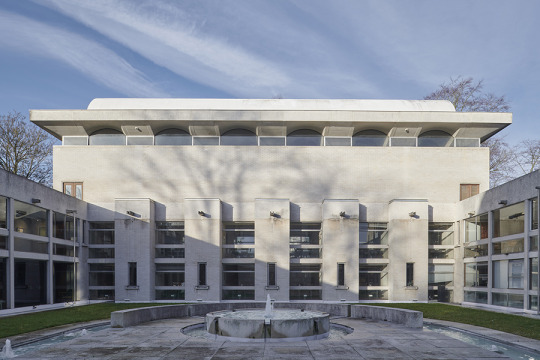
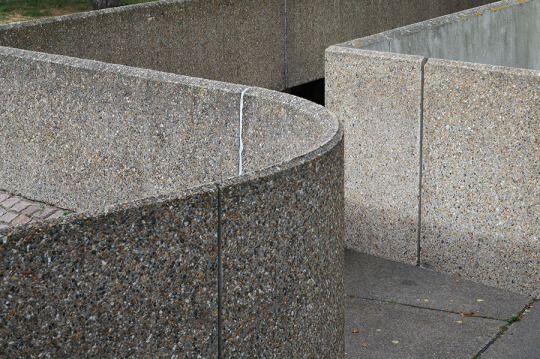
Beautiful Brutalism is an ongoing project which started in 2011. I have always been a fan of brutalist architecture and concrete as a material, so I decided to explore this by photographing the National Theatre in London. I enjoyed it so much that I wanted to photograph more of these amazing post-war buildings so in between commissioned work I have been exploring and photographing buildings across the UK. Unfortunately, brutalist architecture has not been universally liked or supported. Not all of these buildings were built with the same original design vision and over the years many have been neglected and fallen into disrepair. As a result, public opinion has often been negative and disparaging. In many peoples’ minds concrete has become synonymous with ugliness. In recent years dozens of brutalist buildings have been demolished - Birmingham Central Library, Tricorn Centre, Welbeck Street Car Park to name but a few – with many more currently under threat.
The project has evolved from the early beginnings of simply wanting to photograph concrete and brutalism, to a life–long undertaking to document and highlight the beauty of brutalist architecture in the UK. This project celebrates those buildings that have already been lost and I hope, in some small way, challenges the prevailing view about brutalism by showing how beautiful these buildings are if you take the time to really look at them.
In early 2022 I self-published a limited-edition book bringing together photographs from the first ten years of this project which was designed by Stanley James Press. The book is now sold out but since the beginning of the year I have been collaborating with musician and composer Carl Woodcroft on a soundtrack to accompany the photographs in the book. Carl was inspired by the book and has created a mood and soundscape for each building. It is a mix of sound and vision; the album includes a digital booklet of the photographs featured in the book and notes from Carl talking about inspiration for each track and it is available to preorder now and to buy from Friday November 3rd.
website
instagram
album - highly recommend listening to, and pre-ordering, the accompanying album by Carl Woodcroft... it's fantastic!

All images & text © Jo Underhill
44 notes
·
View notes
Text
Our Hidden Room | Mohamed Hassan




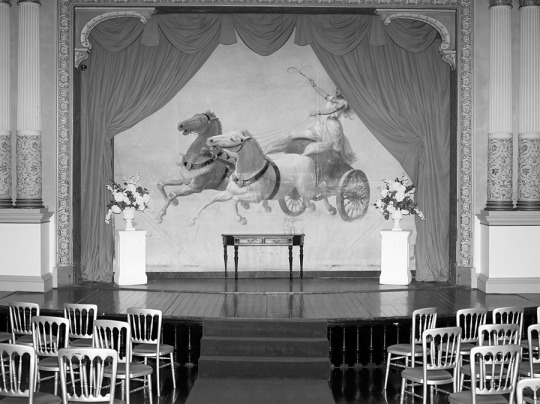






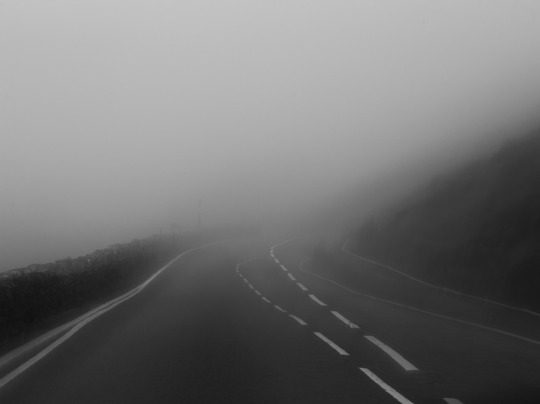
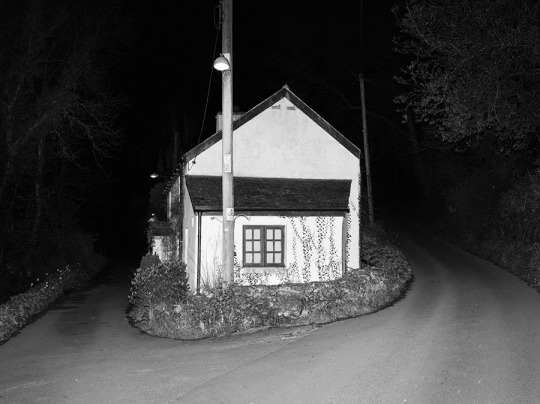


As an artist with dual nationality, this project explores my identity as part of an ever expanding diasporic community based in Wales. I draw inspiration from the memory of my complex yet loving relationship with my father. I reflect on his own personal struggle with bi-polar disorder, made clear to me by his erratic, reclusive, behaviour and his obsession with the small dark room, hidden within our family home.
Through my lens, I seek to explore the complexity of the human experience and the legacy of a traumatic and uncertain childhood, of living within a fragile environment and the desire to escape memories. My personal conflict about belonging is represented through the people I meet and the lands that I explore, both in Egypt and Wales. The constant feeling of displacement and questions of identity are forever present.
website
instagram
All images & text © Mohamed Hassan
46 notes
·
View notes
Text
Things Fall Apart | Matt Courtney












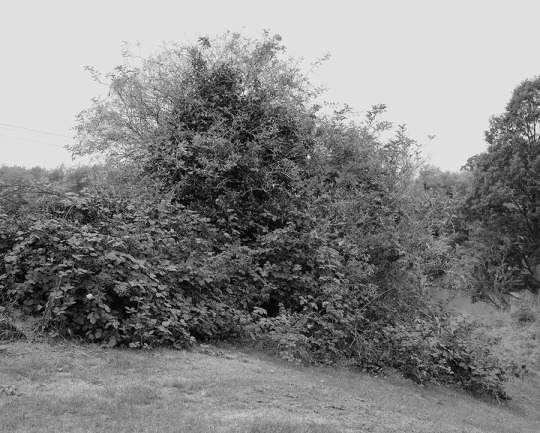

Sullen paths and unremarkable lanes.
Muted waypoints and empty
enclosures.
The recursive back and forth.
Unresolved and fractured out of
time.
Me walking with my girls.
These photographs depict the shared walks with my two young daughters within the quiet village here in North East Wales during the early days of the first lockdown. Little of the places and scenes encountered during these walks could be described as picturesque or eye-catching in a conventional sense, but from these fractured sights and recurring waypoints came the chance for us to pause and find some sort of calm, away from the disorientating uncertainty of the unfolding situation. These walks would become the new routine by which we’d underpin our days spent together, simply trying to make some semblance of sense of the situation and the place we happened to find ourselves in.
With the gradual lifting of our boundaries and the return to the lockstep groove of our old routines and busy lives, the later photographs took on an increasingly broader scope, but in order to emphasise this fractured moment in time, I wanted to dispel any sense of chronological order through the sequencing.
Though the girls are absent from the photographs, their presence in the work indelibly informs and provides the gentle undertow that pushed and pulled us through the repeated sights and scenes encountered. The cover design features artwork that was made by my youngest daughter during this time.
instagram
book - a few copies of the second (and final) edition of Matt's self-published book are available either directly from himself via his IG account, or from photobookstore.co.uk - you can see a video flick-through of the book here, and some images below...






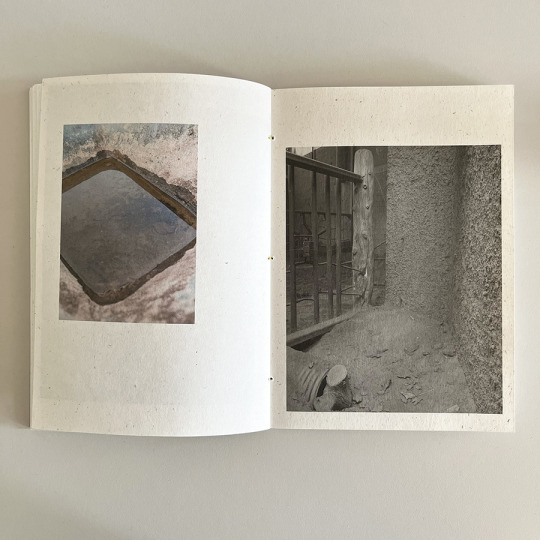

All images & text © Matt Courtney
50 notes
·
View notes
Text
Fractions | Luke Saxon



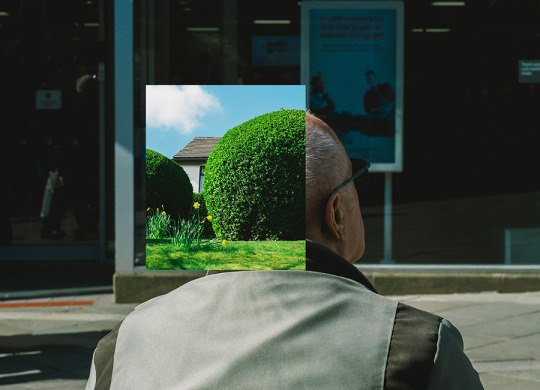


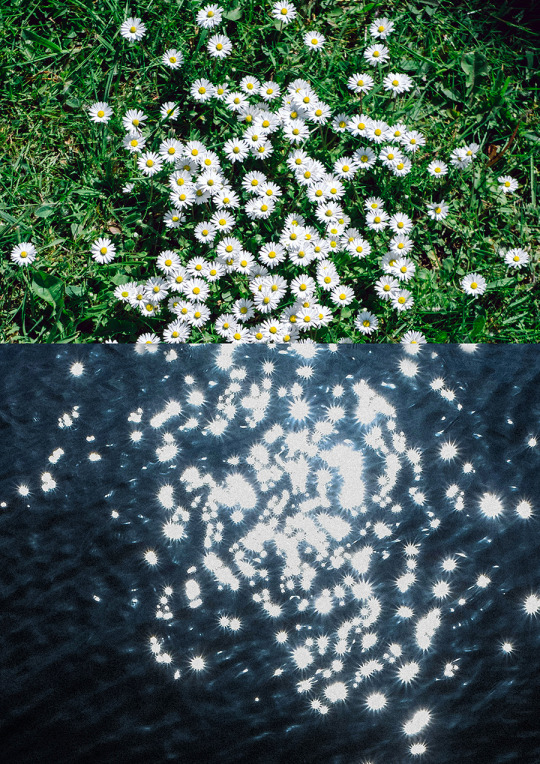





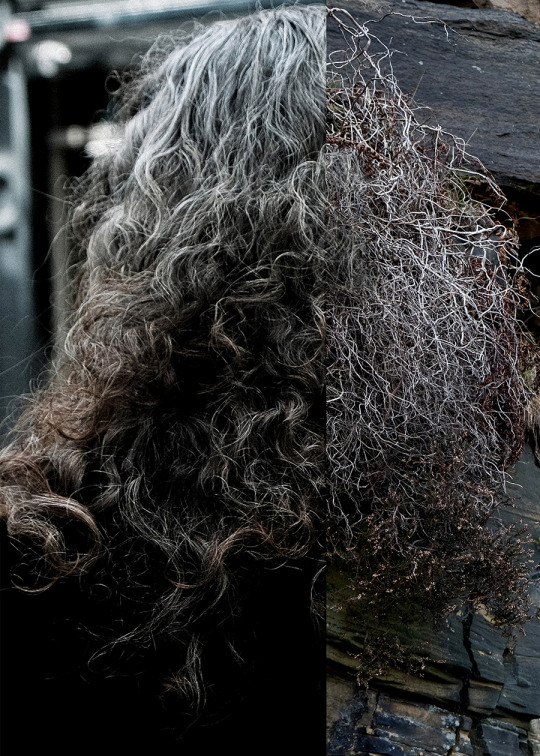
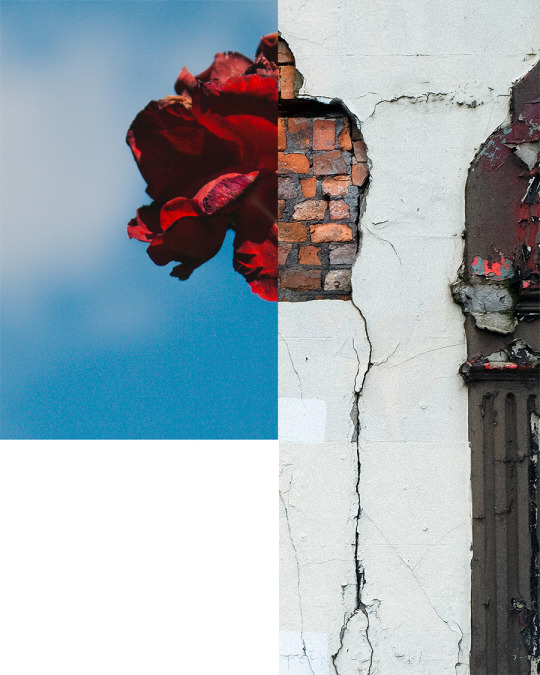
Fractions aims to explore the fundamental concept of interconnectedness and its relevance to our daily lives, investigating how various elements, such as people and the environment, influence and play off each other.
website
instagram
book - we're excited to announce that 'Fractions' is our latest photobook release here at Another Place Press, available to pre-order now! The standard edition is available for just £18, while the special edition (which comes with a stunning A4 print which is signed and numbered by Luke) is £54. If you fancy bagging a special edition, there's only a handful left already! You can see some sample spreads below, plus the special edition print...




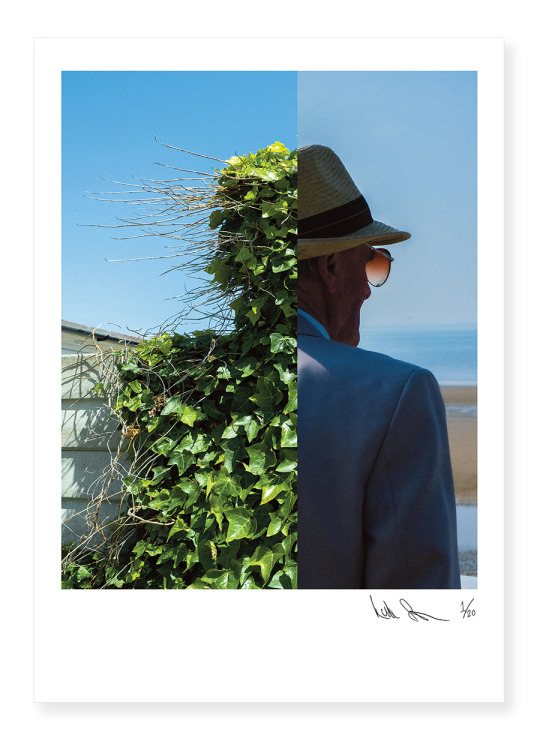
All images & text © Luke Saxon
53 notes
·
View notes
Text
Dear Kairos | Simon Bray
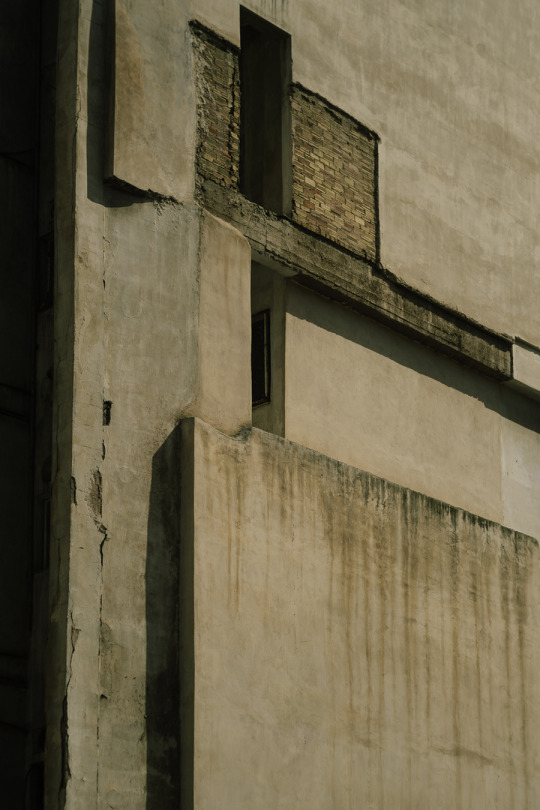






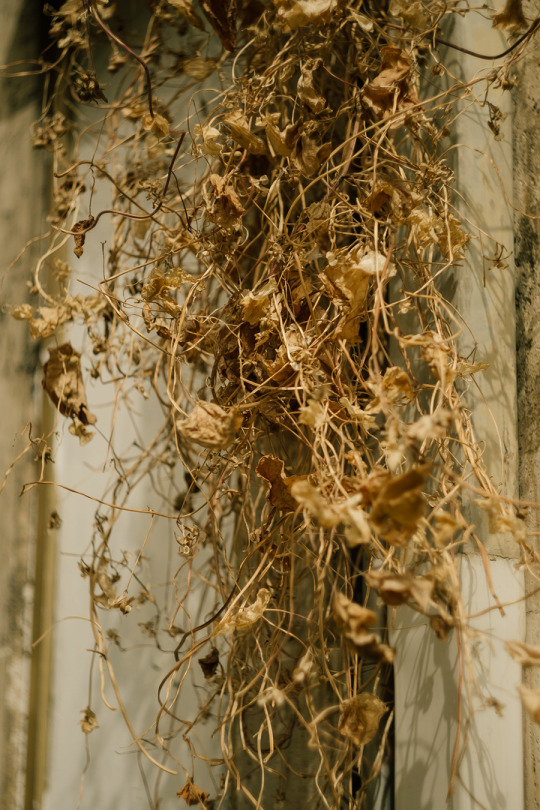





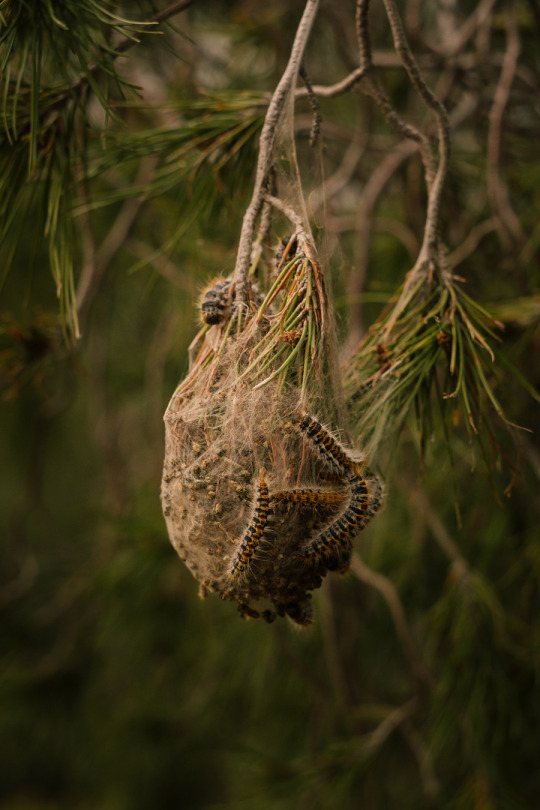
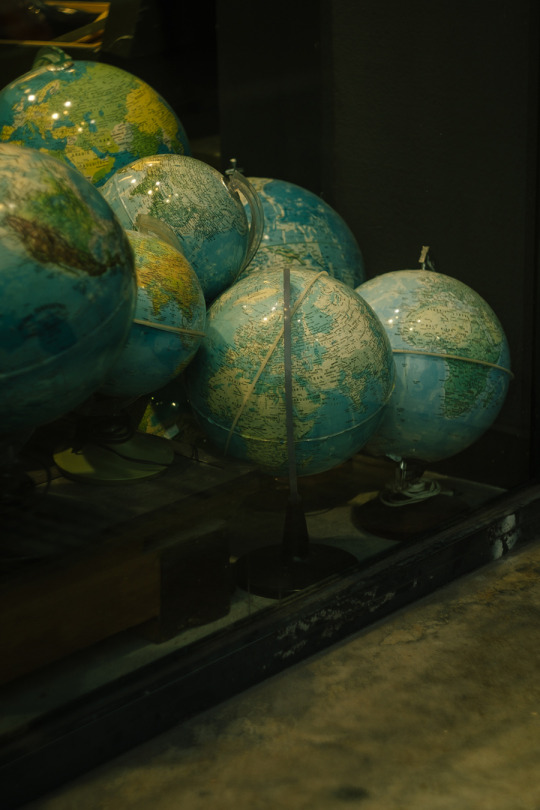

Created over two weeks on the streets of Athens, ‘Dear Kairos’ is a letter to the Ancient Greek considerations of time. The viewer is invited to consider the Kronos, the linear, mechanistic and determined passing of clock and calendar time, and the Kairos, serendipitous, opportunistic and boundless time. Through the use of repeated scenes and careful sequencing, ‘Dear Kairos’ creates a dialogue between the regular passing of time and moments loaded with significance that can be pushed through and embraced in order to distinguish, as Frank Kermode writes, “between mere chronicity and times which are concordant and full”.
website
instagram
twitter
book - 'Dear Kairos' has recently been released as a photobook by the excellent Skinnerboox. You can see a few images of the book below - highly recommended folks!

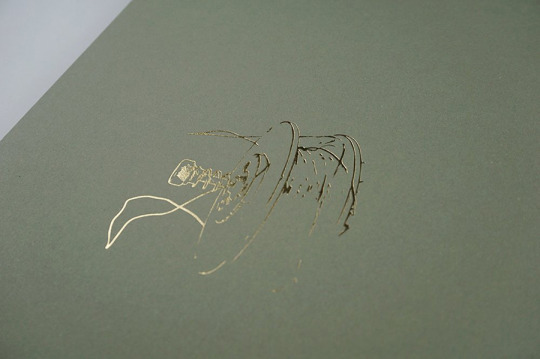




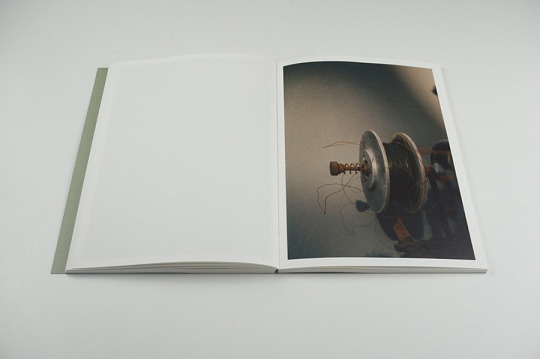

All images & text © Simon Bray
39 notes
·
View notes
Text
Harrowdown Hill | John Spinks


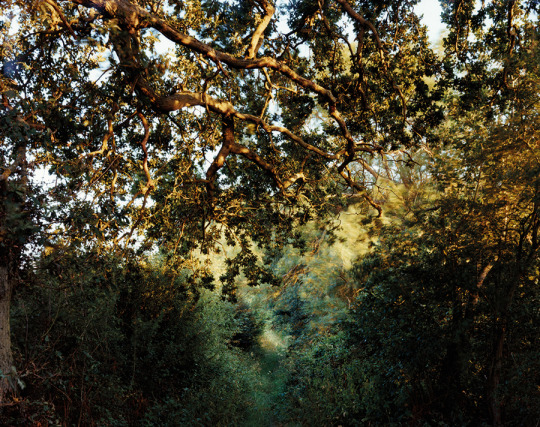










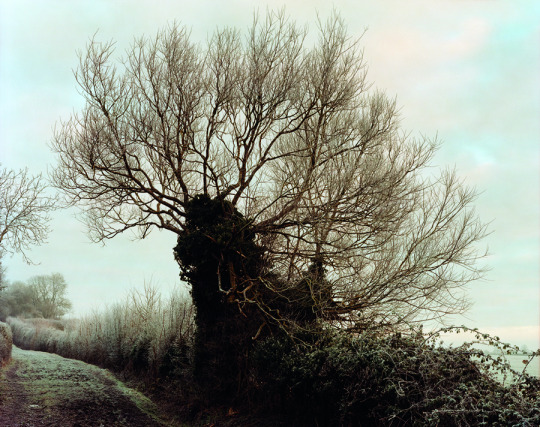
I started work on Harrowdown Hill in 2008, the final pictures were made at the end of 2014.The photographs that appear in the book were made from July 2013 to July 2014.
My interest in the Kelly story began very simply. From reading contemporary reports I understood what had happened as an example of institutional bullying. the research I subsequently undertook revealed a more nuanced and detailed picture of two institutions (the BBC and the Blair government) engaged in a struggle to control competing narratives, how that struggle played out and how events developed a momentum of their own that became impossible to control.
The circumstances around his death are the starting point for a series of photographs of Harrowdown Hill in Oxfordshire where Kelly died on the 17th of July 2003.
I visited Harrowdown Hill once a month for a little over a year, making multiple pictures of the same eight or so locations on each visit. At each place I would make a photograph, sometimes I would make a second or third, they might be made a few seconds, minutes, hours, or eventually months apart. By doing this I was hoping to create a sense of time dilating and compressing that would enable the viewer, through the changes in light, weather, and season, to 'move' backwards and forwards in time. Through these multiple iterations of specific views, the viewer is lulled, then brought up sharp, and then again lulled by the rhythms of time and nature.
Photography has often been used to record sites of significance, places where things have happened in the near or distant past. It’s a long tradition stretching back as far Roger Fenton’s pictures of battlefields in Crimea in the 19th Century. Very often this way of working relies upon a single image resulting from a single visit to a site. Given the complexity of the Kelly story, I wanted to examine Harrowdown Hill and the meanings it has accrued more rigorously. By developing a process of repeating images during repeated visits my hope is that the pictures start to resonate in such a way as to deepen and intensify the experience of viewing the work.
The Kelly affair crystallised a political moment for me, it led me to think about the role of the landscape in shaping ideas of nationhood, how images of the land have a powerful emotional pull and how at certain times in our national story that connection can be used to animate troubling responses. Most importantly, I think that the death of David Kelly symbolises a shift in British politics. Jonathan Coe in his novel Number 11 wrote 'this was not an ordinary death, it would have consequences, send ripples of unease and mistrust throughout the country. That Britain would be a different country from now on: unquiet, haunted.'
website
instagram
book - ‘Harrowdown Hill’ is John’s latest photobook release, and is an absolute beauty of a book... photography to immerse yourself in, and feel a real sense of ‘place’. The book production matches the wonderful work within. Highly recommended folks! See some sample spreads below...

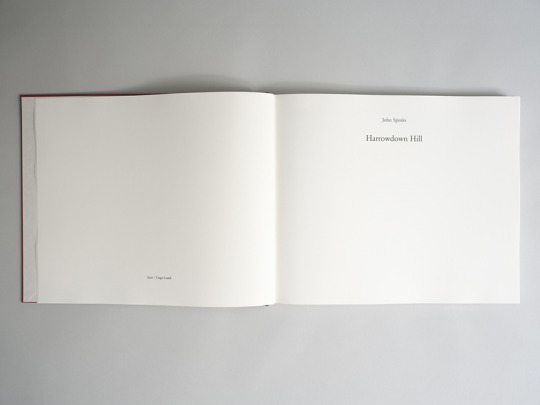


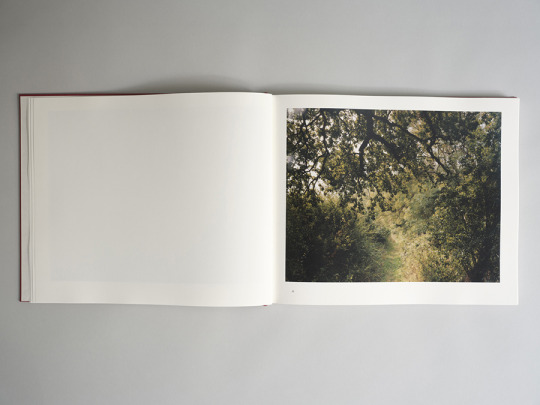
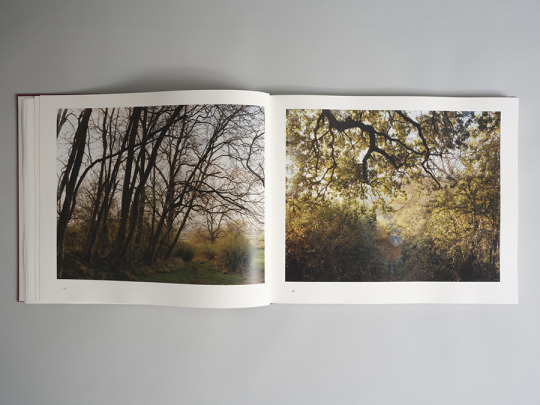





All images & text © John Spinks
64 notes
·
View notes
Text
White Hart Lane | Jack Smethers



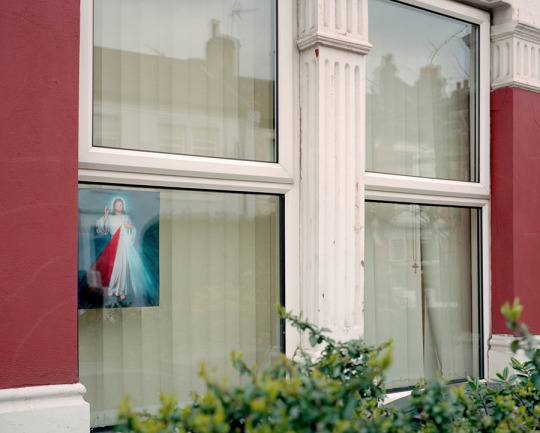

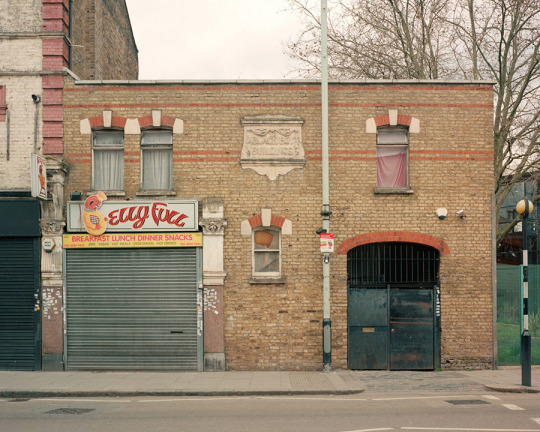




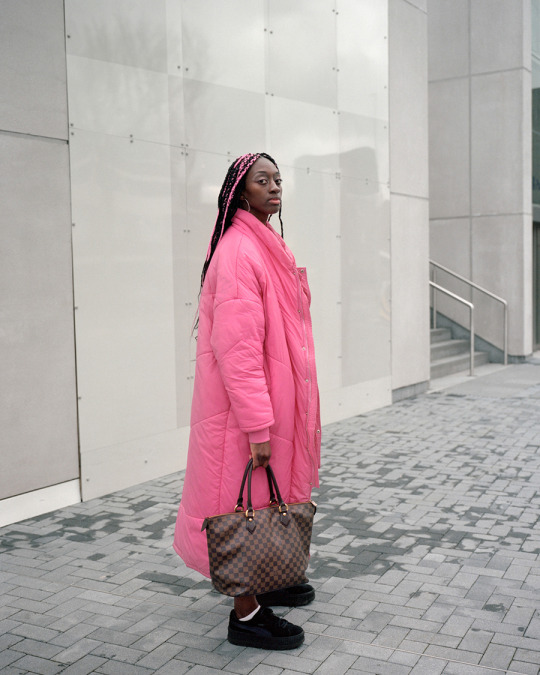




Tottenham was my home. It was the council house on Nursery Street my mum was raised in by her grandparents. The same roof she would later raise my sister and I under.
It was where I could hear a goal in the spurs ground from the living room window, before seeing it on live TV. It was where I spent hours on my bike in the street and where I was knocked off it by a car. It was where I went trick or treating on Halloween and where our family car was stolen and destroyed after a joyride. It was where my great-granddad, Stan, would get away with taking a three-year-old me into the bookies, because they knew and liked him so much. Tottenham is also where he spent his final moments.
Like all these memories, Tottenham is a neighbourhood of complexity.
Areas of poverty are surrounded by prosperity. Council homes are next door to million-dollar penthouse apartments. Food banks and £7 craft pints are on the same street. The presence of the new billion-dollar football stadium and the eyes that it brings to the area cannot be understated. This development has caused a dramatic increase in high-rise building projects and ‘new money’ residents. The periphery of this glass colosseum, however, does not reflect this economic change. Instead, the blocks of flats, locally named ‘Love Lane’, and the neighbouring high street are completely overshadowed by the stadium with no so-called trickle-down effect, but rather a clear divide. Tottenham has some of the highest rates of crime and unemployment in London, however many longtime residents now also fear the loss of their homes and businesses as they get priced out of the community.
It is this community that I have chosen to focus on. The incredible people that make Tottenham one of the most culturally rich and interesting areas in the country.
website
instagram
All images & text © Jack Smethers
49 notes
·
View notes
Text
Folly | Jamie Murray








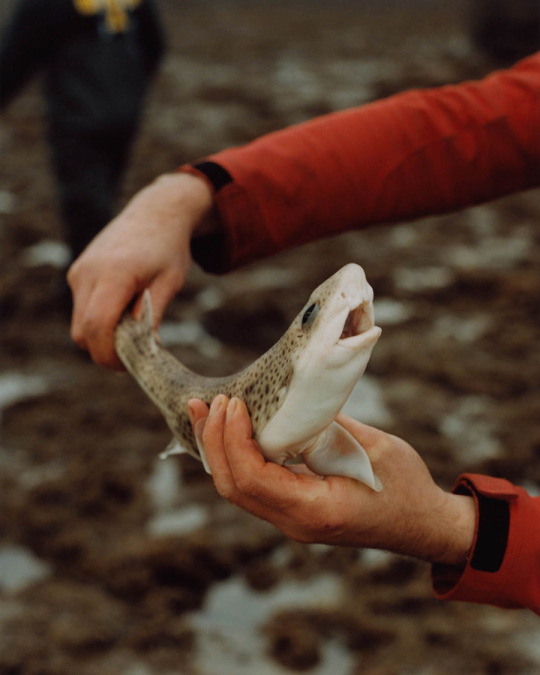
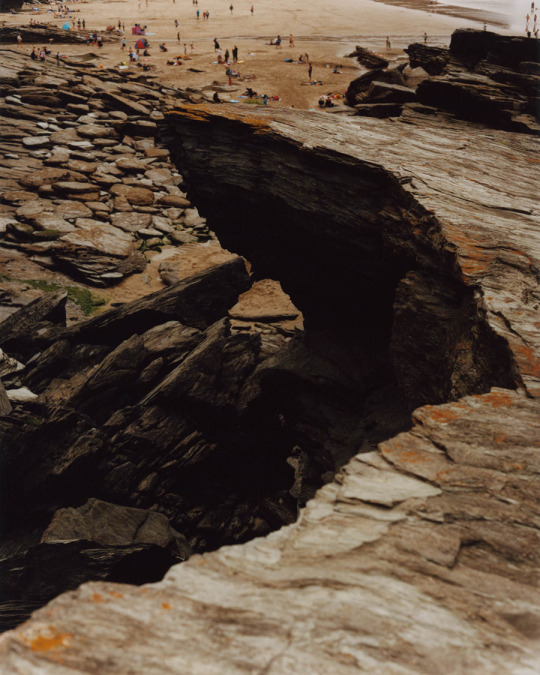
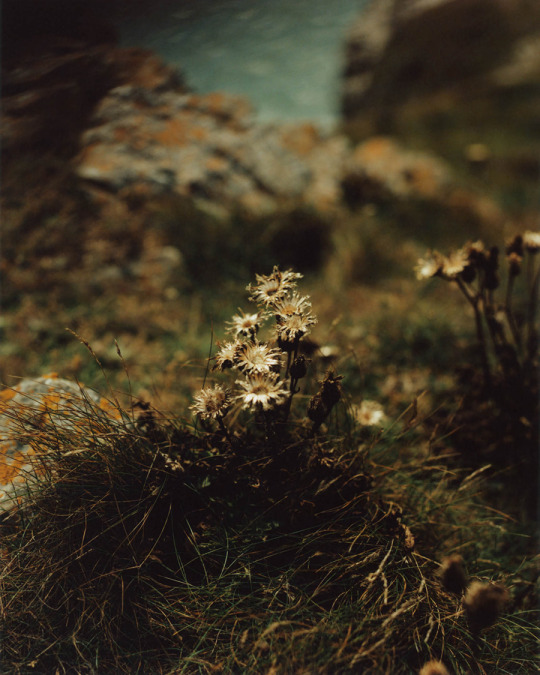
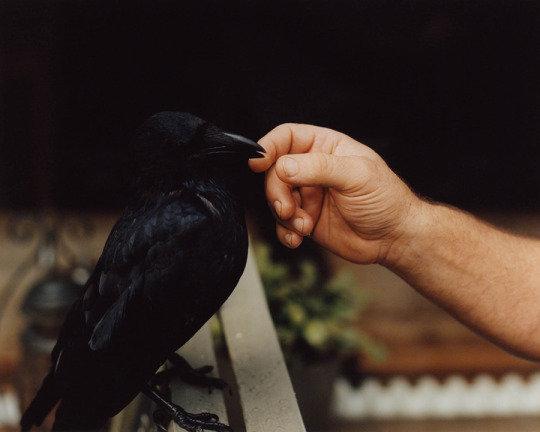


The photographs in Folly, the debut photobook from Jamie Murray, were born from a series of conversations with individuals who have been incarcerated. Discussions of what had led to punishment, navigating the prison environment and the transition to freedom flowed towards philosophy, ideas of discipline and punishment, intertwined with questions around natural order and spirituality. The resulting allegorical photographs in Folly refer, both directly and indirectly, to what was said and how these conversations affected Murray.
Murray first began speaking to the individuals in 2017 in an attempt to understand more about their experience with the aim of making a documentary series within a prison. Most had been in numerous prisons over long periods of their life, often multiple times, and Murray hoped to document these meetings and brought along his camera. Some individuals would allow portraits, and others not. As the conversations evolved, so did the project, as the encounters led him to reflect upon his own life, choices and history with meandering thoughts and emotions relating to what had been discussed.
The pictures in the book begin with an imposing folly - an ornamental structure of no purpose, both foolish and excessively costly. The images that follow, a pile of coins glistening in the undergrowth, gathered crows, a fish gasping for breath outside water, rows of butterfly pupae, interweaved with haunting portraits of some of the individuals evoke a fractured narrative, a rumination on these conversations and the relationship between man and nature, co-existence and interference.
website
instagram
book - ‘Folly’ is the latest photobook release from the excellent Photobookstore, available now in both standard and special editions. Highly recommended folks! Some sample spreads below...





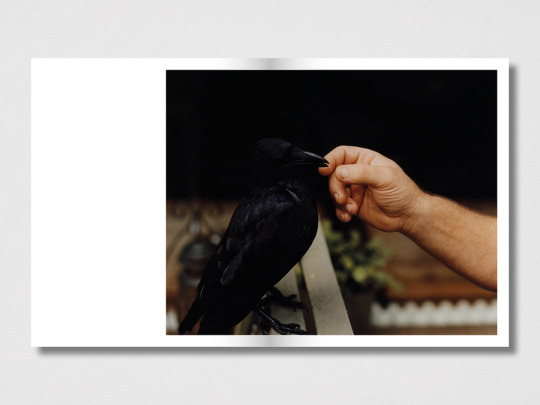
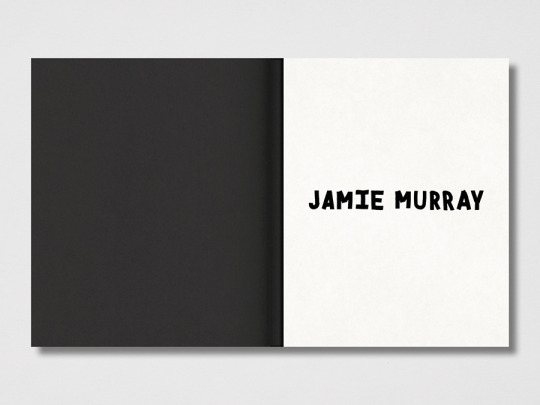

All images & text © Jamie Murray
45 notes
·
View notes
Text
A Country Kind Of Silence | Ian Howorth

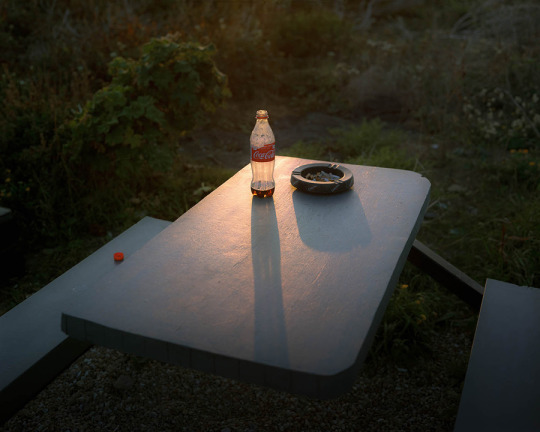
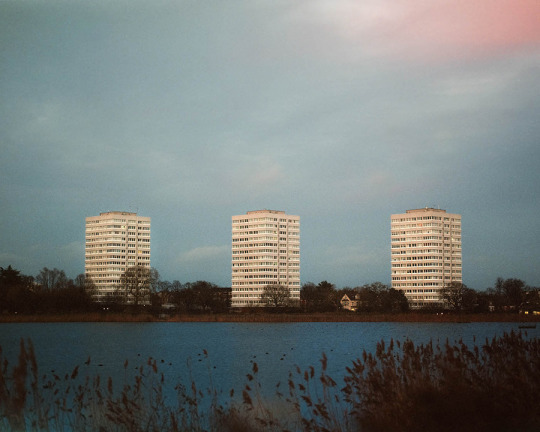


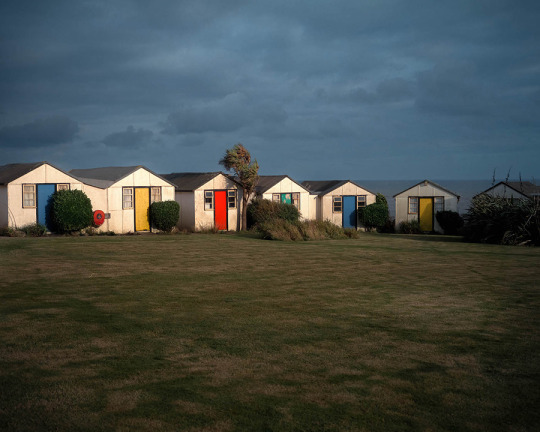




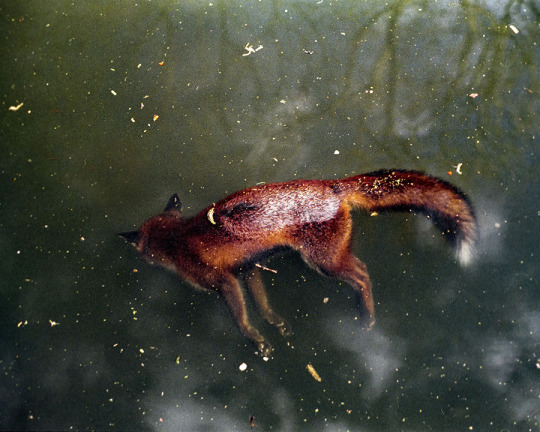
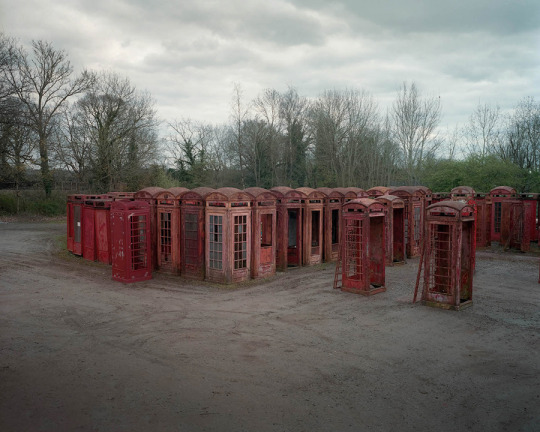
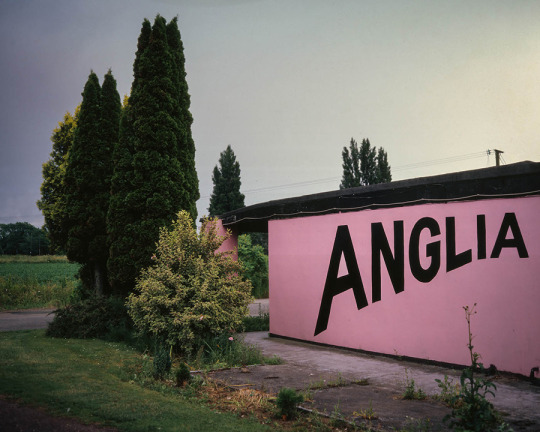


A Country Kind of Silence continues my internal exploration of feelings surrounding my sense of identity. A sense that belonging isn’t as unattainable as it is hard to grasp. England has been my adoptive home for some time now, 26 years to be exact.
However, moving from where my heart is rooted has had a profound effect on me. Feelings of unease and uncertainty have always been with me and many of these are tied to the constant changes I see in my surroundings; these developments have often mirrored a change in myself as time’s gone by.
I wanted A Country Kind of Silence to be a response to this change – of perception and my personal sense of self. The urban landscape is borne entirely from our creation and it tells us so much.
We plan and build, reap and destroy and repeat the process as we pass through. It’s easy to forget that many of these things still bear the influence of the past - telling us much about ourselves while stuck in time, surviving, struggling and sometimes just about existing.
website
instagram
book - the series is being published by the excellent Setanta Books, and is available to pre-order now... highly recommended!






All images & text © Ian Howorth
74 notes
·
View notes
Text
Going To The Sand | Tessa Bunney

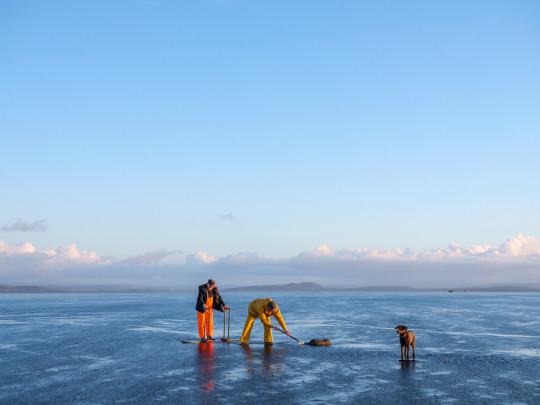
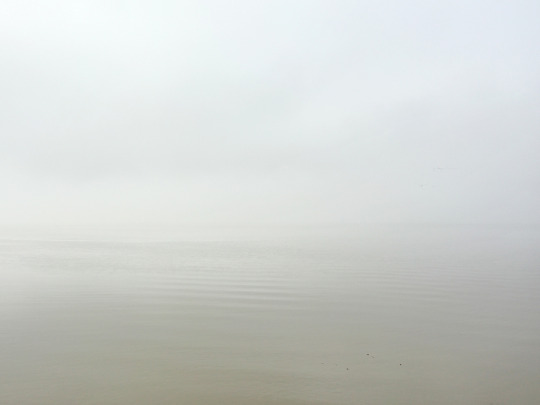




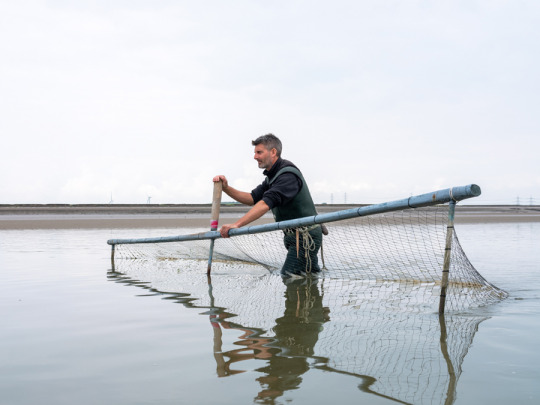
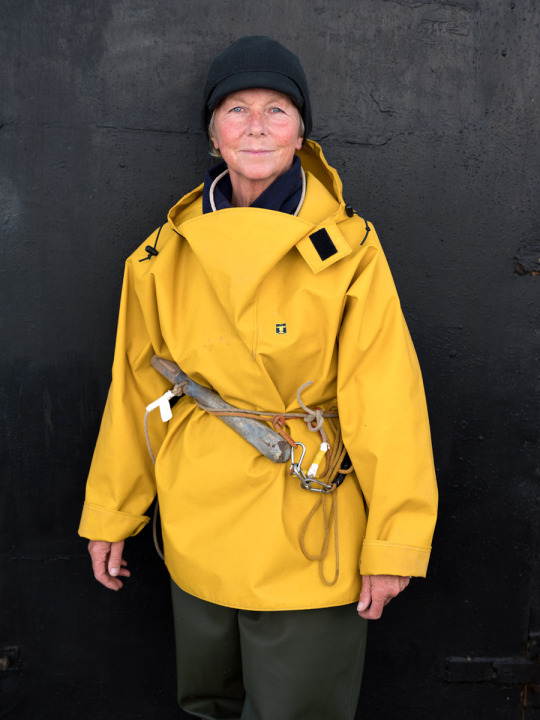




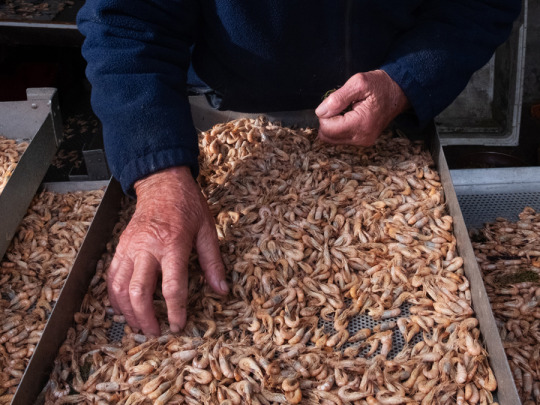
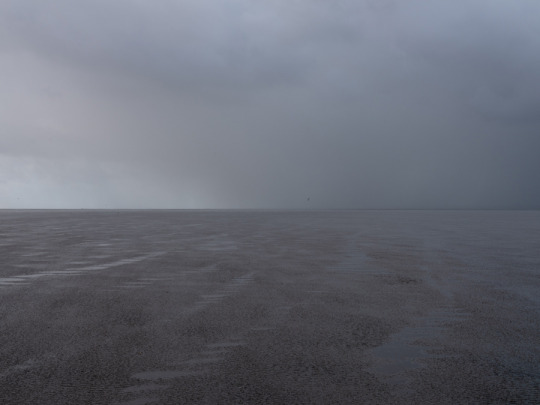
Flookburgh fishermen never say they are going fishing just that they are ‘Going to the Sand’. They travel where they need to by ancient tractors, negotiating tides and constantly changing sands and channels.
For over 30 years, I have photographed rural life, working closely with individuals and communities to investigate how the landscape is shaped by humans. From hill farmers near my home in North Yorkshire to Icelandic puffin hunters, from Romanian nomadic shepherds to artisan flower growers my projects reveal the fascinating intricacies of the dependencies between people, work and the land.
As a photographer, sometimes people and places just get to you. Morecambe Bay has been like that for me. Over four years ago a chance meeting with two of Flookburgh’s handful of remaining fishermen has led to this series of photographs.
During this time I have spent many days 6 miles out on the Sand with the fishermen in all seasons and all weathers. I learnt about craams and riddles, tide tables and bye-laws, shrimping, musselling and cockling, fishing with all kinds of nets. These skills have been passed down through generations of fishermen, all with the backdrop of the beautiful but often harsh landscape of the Bay.
During this relatively short space of time regulations have changed resulting in many of my photographs documenting the end of several eras.
These photographs were produced between August 2018 and November 2021.
website
twitter
instagram
book - we’re delighted to be collaborating with Tessa to release this fantastic series as a limited edition photobook. It’s just launched for pre-orders, and is available in a standard edition for just £20 or a special edition (30 copies) each of which come with a limited edition A4 print signed & numbered by Tessa (see image at the bottom). You can see the covers and a few sample spreads from the book below...







All images & text © Tessa Bunney
37 notes
·
View notes
Text
Light/Mass | Owen Davies



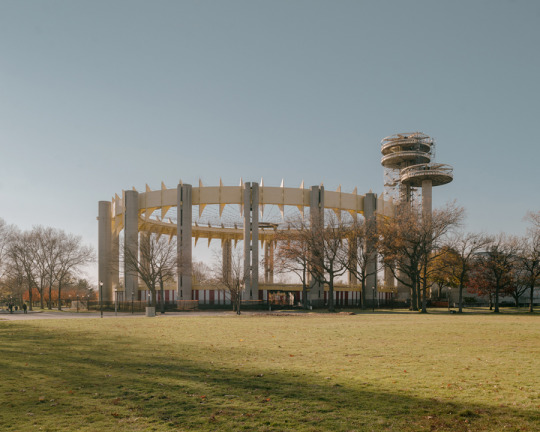





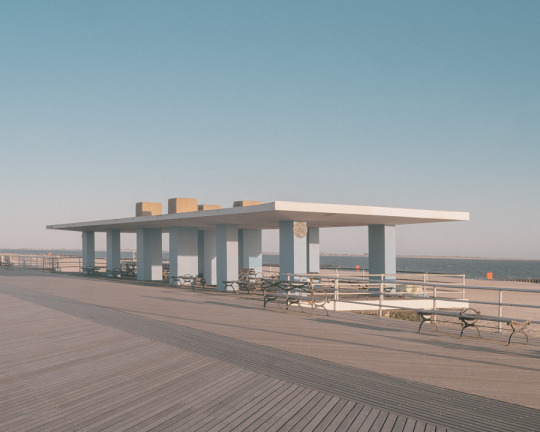



Light/Mass is an ongoing series of alien-like urban landscapes found in cities across the United States. Exploring the overlooked and under appreciated architecture of metropolitan America, Light/Mass reveals the beautiful strangeness of these monument-like structures standing in familiar environments.
website
instagram
All images & text © Owen Davies
330 notes
·
View notes
Text
Lost | Melissa Jay Hird



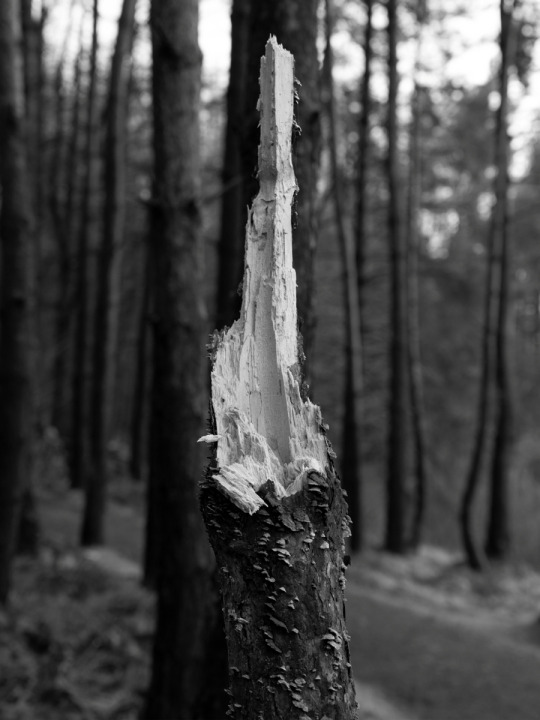
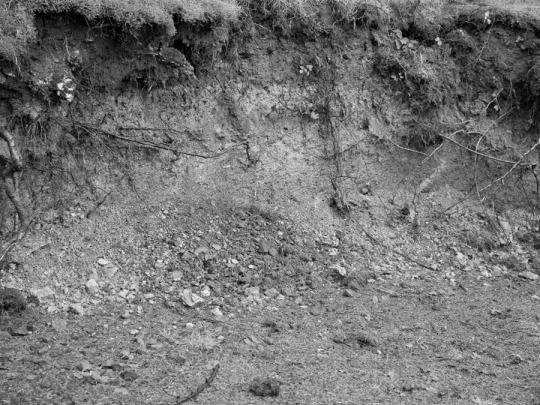

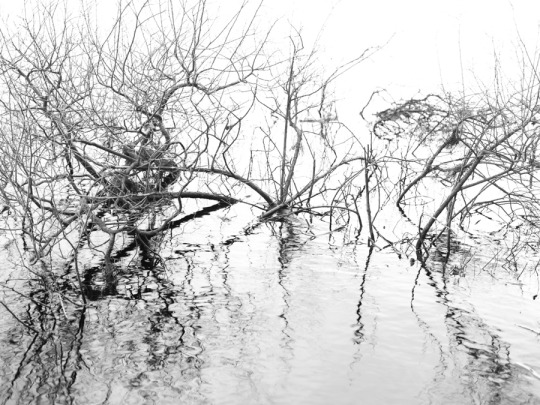

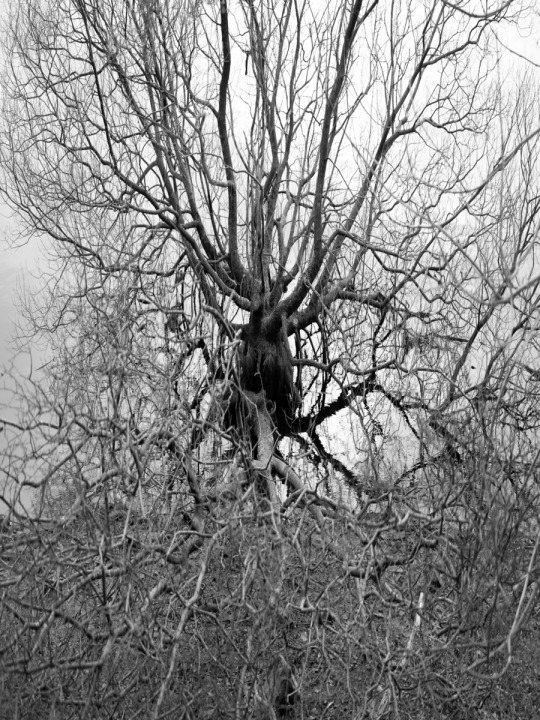



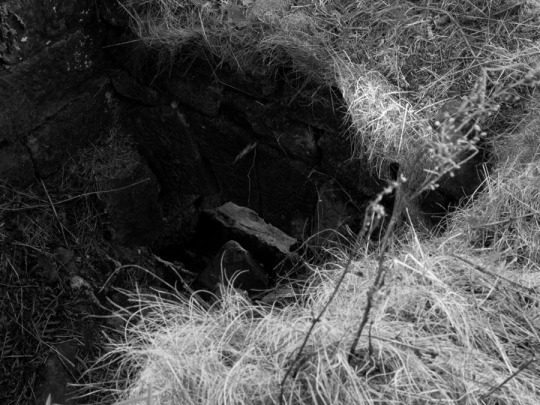



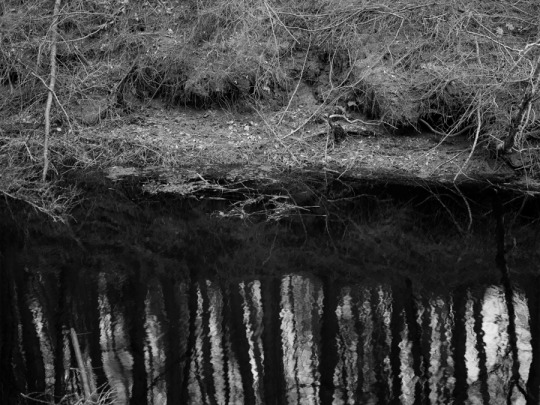
During the recent pandemic, I often would take my daily walks near the reservoir at Thruscross; it was here I discovered the ruins of a submerged village and was swiftly taken aback by the memories that might have been lost.
The village I refer to here, is the flooded and demolished Yorkshire village of West End. The physical space disappeared and led to the submersion of the village in 1966, and the creation of the reservoir at Thruscross; an act which ravaged the physical community, but not the stories and memories surrounding it.
It is this sense of memory I have tried to represent by capturing the landscape of the area and linking it to the stories of the community; this has helped me to monumentalize a sense of timelessness to the community and bring new attention to a supposedly “lost” area.
instagram
All images & text © Melissa Jay Hird
22 notes
·
View notes
Text
Bunker | Vincenzo Pagliuca




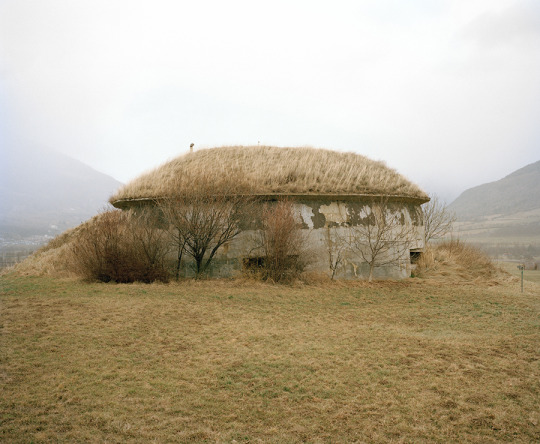
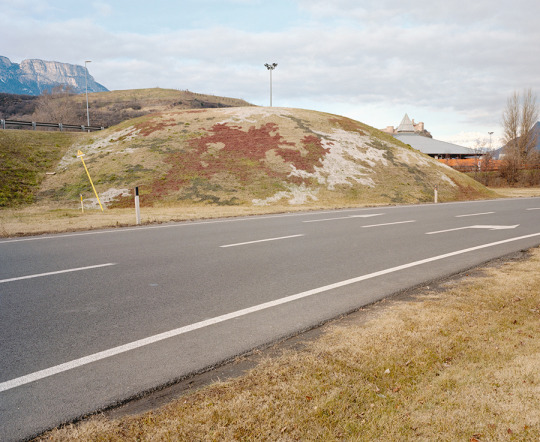




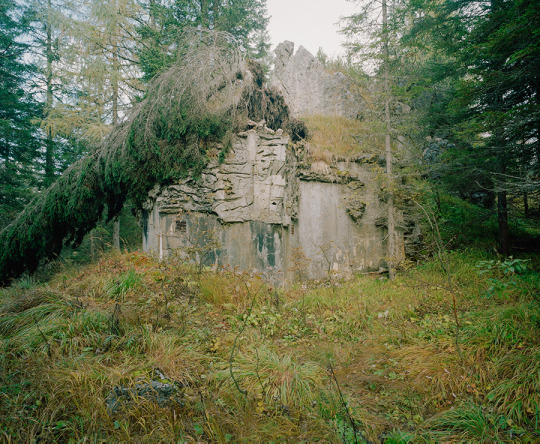
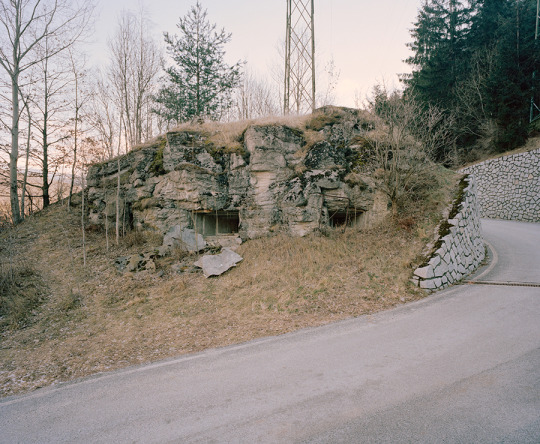


In the years leading up to the Second World War the whole Alpine area was involved in the building of a complex system of fortifications wanted by the fascist regime to protect the Italian border against the neighboring countries.
A section of this defensive system, named Alpine Wall, was located in the valleys along the border with Austria where, with an incalculable waste of resources, the construction of about 350 bunkers was completed. A huge architectural heritage that remained unused and presided by the army until 1993, year in which the structures were finally decommissioned. At that time some of the bunkers were bought by private citizens and converted into agricultural deposits, others were demolished or abandoned for good.
Despite the present state of oblivion these visionary structures, expression of the fear of loss and desire of control, continue to generate interest for their architectural characteristics, for the ingenious systems of camouflage and for the relationship they have established with the natural and social context in which they are situated. A difficult heritage worth preserving to keep the collective memory alive of a dramatic historical period marked by nationalistic ideology and by the inability to resolve conflicts through peaceful means.
website
instagram
The project is being exhibited at Foto Forum in Bolzano, Italy, from the 14th of February until the 18th of March.
All images & text © Vincenzo Pagliuca
96 notes
·
View notes
Text
Apennines Roads | Michele Vittori

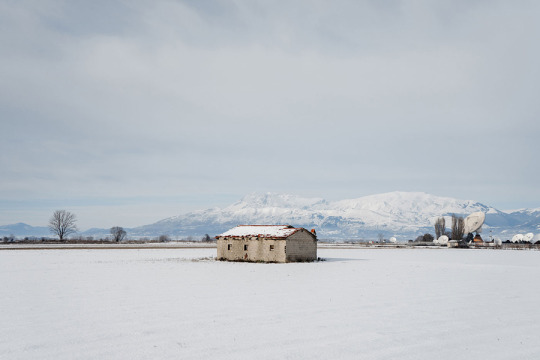
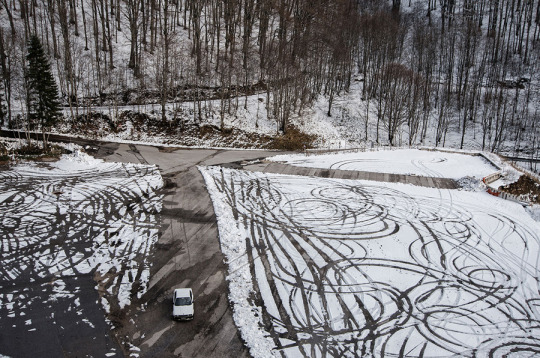

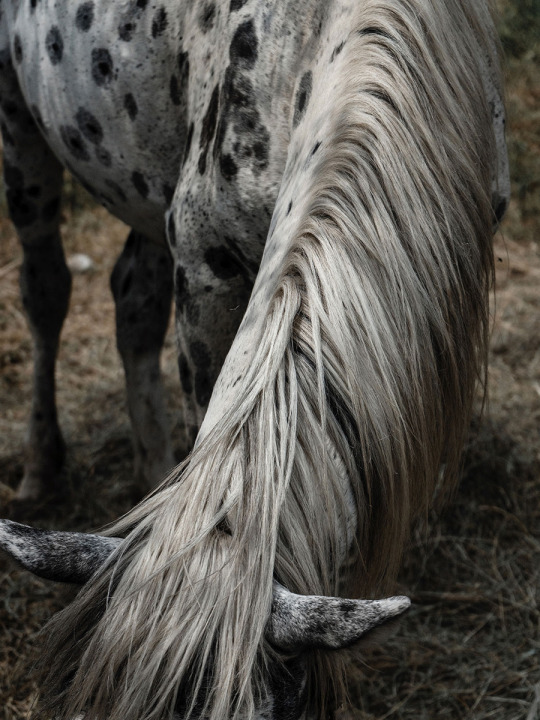


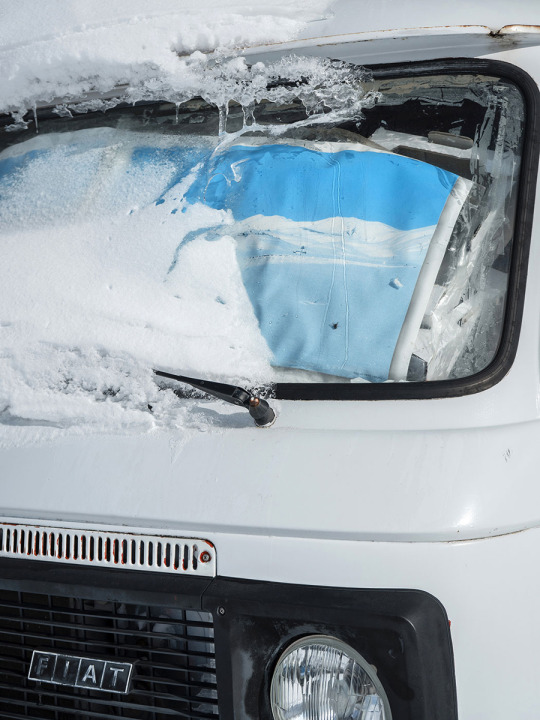
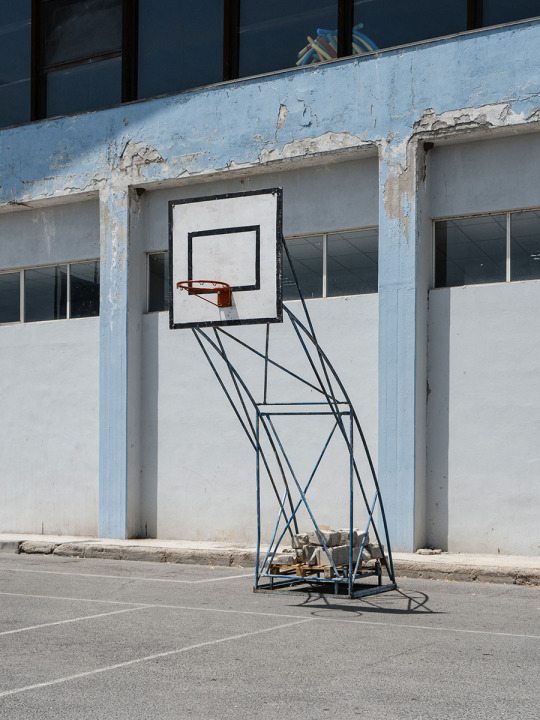




‘Apennines Roads’ is a visual collection of 5 years of exploration of the territories of the central Italian Apennines started in 2016, between the regions of Marche, Abruzzo, Lazio, Umbria.
instagram
zine - Michele’s project is being released as a limited edition zine in our ‘Field Notes’ series, and is available to pre-order now for just £8! Only 100 copies so grab one now while you can! A few sample spreads below...
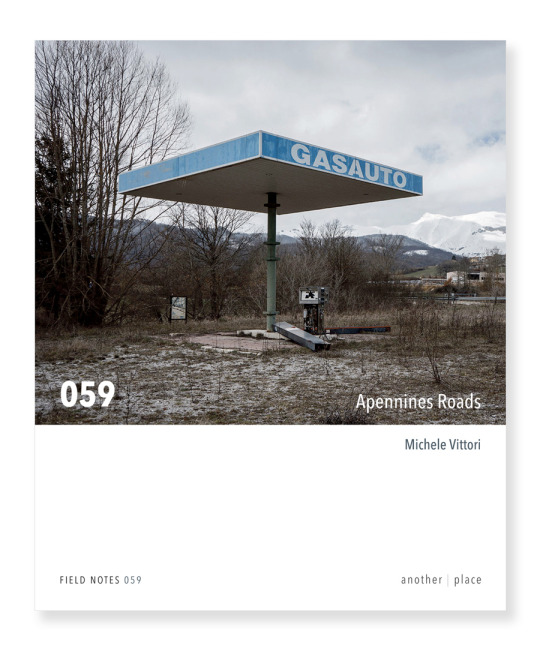



All images & text © Michele Vittori
87 notes
·
View notes